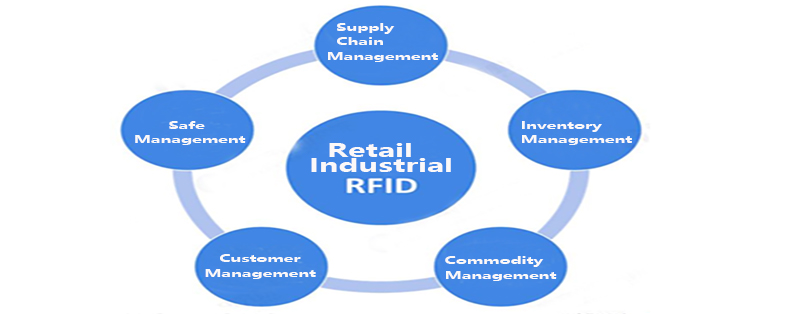Overview of RFID Technology and Its Applications in the Food Industry-Part 1

Description:
Radio frequency identification (RFID) is an alternative technology with a potential to replace traditional universal product code (UPC) barcodes. RFID enables identification of an object from a distance without requiring a line of sight. RFID tags can also incorporate additional data such as details of product and manufacturer and can transmit measured environmental factors such as temperature and relative humidity. This article presents key concepts and terminology related to RFID technology and its applications in the food industry. Components and working principles of an RFID system are described. Numerous applications of RFID technology in the food industry (supply chain management, temperature monitoring of foods, and ensuring food safety) are discussed. Challenges in implementation of RFID technology are also discussed in terms of read range, read accuracy, nonuniform standards, cost, recycling issues, privacy, and security concerns.
Introduction
Rapid identification technologies have led to a better handling of raw materials and finished products in the food industry.
Traditionally, universal product code (UPC) barcodes have been used to automate and standardize the identification process. Even though the barcodes are less expensive, they require a clear line of sight between the reader and tag. Radio frequency identification (RFID) is an alternative technology that has been recently used to speed the handling of manufactured goods and materials. RFID is a generic term for technologies that use radio frequency waves to identify an object. RFID enables identification of an object from adistance without requiring a line of sight. RFID tags can incorporate additional data such as details of product and manufacturer and can transmit measured environmental factors such as temperature and relative humidity. Additionally, RFID readers can distinguish between many different tags located in the same area without any human assistance. However, RFID technology is more expensive than the traditional barcode technology.
There are 5 frequency ranges commonly used by RFID systems:
-
low frequency (9 to 135 KHz),
-
high frequency (13.553 to 15.567MHz),
-
amateur radio band (430 to 440 MHz),
-
ultra high frequency (860 to 930 MHz),
-
and microwave frequency (2.45 and 5.8 GHz)
Typical applications of RFID technology include payment of highway tolls, labeling of products for rapid checkout,tracking of inventory, tagging of animals, securing of automobile keys, and so on. In the past few years, RFID technology has been increasingly applied in the food industry. Some of the applications of RFID technology in the food industry include those for supply chain management, temperature monitoring of foods, and ensuring food safety.
